Walmart Embraces Amazon MCF: A New Era of Cross-Platform Fulfillment for eCommerce
Walmart Embraces Amazon MCF: A New Era of Cross-Platform Fulfillment for eCommerce
Imagine combining the power of social media, online marketplaces, and your own website into a seamless, interconnected web of customer touchpoints. From leveraging emerging technologies to harnessing the latest consumer trends, get ready to discover D2C tactics that can propel your brand towards unprecedented growth and profitability.
This article will unveil the top 5 multichannel strategies that can contribute majorly in your D2C eCommerce success. If you’re ready to tap the potential of multichannel marketing for your D2C business – keep reading!
Diversifying your Direct-to-Consumer (D2C) business across multiple channels is like opening new doors of opportunity. By leveraging social media platforms, marketplaces, and your own eCommerce website, you can tap into different consumer segments and create a cohesive brand experience.
Furthermore, incorporating multiple channels also provides valuable data insights that can inform personalized marketing strategies. With the ability to track customer interactions across various touchpoints, you gain a deeper understanding of their buying journey and behaviors.
Expanding beyond a single channel enables you to experiment with new marketing initiatives such as influencer collaborations or targeted advertising campaigns catering to specific channel demographics.
By establishing a strong D2C presence, brands can effectively bypass traditional distribution channels and connect directly with their customers. This approach allows for increased control over the customer experience, from product presentation to post-purchase support, resulting in heightened brand loyalty and trust.
Brand positioning is crucial for brands looking to carve out a unique space in the market. One effective tactic is to focus on the brand’s story and mission, creating an emotional connection with its target consumers. By authentically communicating its values and purpose, a D2C brand can differentiate itself from competitors and build strong, loyal customer relationships.
Apart from those, when it comes to positioning your product, emphasizing its quality and affordability can be a winning strategy. Positioning your brand as offering high-quality goods at approachable prices, positions you as an attractive option for budget-conscious shoppers who don’t want to sacrifice on quality.
Promotion involves utilizing various channels to reach your target audience and increase brand visibility. This could include social media advertising, influencer partnerships, or content marketing efforts aimed at driving traffic to your website or landing pages.
Interaction refers to actively engaging with your audience through meaningful conversations, website touchpoints, responding to comments and messages promptly, and providing valuable content that encourages interaction. This fosters a sense of community around your brand and helps build trust with potential customers.
Finally, retargeting is a powerful tool for reaching users who have previously engaged with your website but didn’t convert. By using tracking pixels and cookies, you can show targeted ads to these users as they browse the internet, reminding them of their interest in your products or services. This strategy keeps reminding your potential customers about your products and services and thus, can significantly increase conversion rates.
Understanding the true worth of each customer over their lifetime enables D2C brands to establish stronger connections with their audience. This allows for more precise marketing strategies, personalized customer experiences, and optimized retention efforts.
Also, selling on multiple marketplaces opens up access to a broader customer base that further requires careful monitoring and analysis of customer data to assess the impact of different marketplaces on CLV.
By utilizing data-driven insights, sellers can tailor their communication and recommendations to each customer’s preferences. It will lead to a more personalized shopping experience for customers.
Offering seamless resolution of any issues or concerns is one other way to demonstrate commitment to customer satisfaction. This will not only boost trust but also encourages positive word-of-mouth referrals by your existing customers.
Moreover, transparency is key in creating a positive marketplace experience. Clearly communicating shipping times, return policies, and product details helps manage customer expectations and avoids misunderstandings.
In today’s fast-paced digital landscape, measuring the performance of your D2C marketing campaigns is crucial for staying ahead of trends. With the availability of advanced analytics tools, businesses can track various metrics to understand the effectiveness of their marketing efforts. These metrics include- customer acquisition cost, conversion rates, and return on ad spend.
As consumer behavior continues to shift rapidly, D2C brands must continuously monitor and analyze their campaign performance data. This will not only help identify emerging trends but also in making necessary adjustments. By leveraging real-time data analytics, businesses can gain valuable insights into changing customer preferences and adjust marketing strategies accordingly.
Ensuring data security is of paramount importance for online brands in today’s digital landscape. With cyber threats and data breaches becoming increasingly sophisticated, companies must prioritize robust measures to protect their customers’ information.
Compromising on data security not only exposes a brand to reputational damage but also puts customer trust at risk. Further, this may potentially lead to financial and legal repercussions on your brand.
CedCommerce is a leading multichannel enabler that helps online merchants expand their business to international marketplaces like Amazon, Walmart, eBay, Google, TikTok, Meta and much more via secure, optimized, and scalable integration tools and technologies.
By harnessing CedCommerce’s proficiency and integrated resources, you can effectively oversee your D2C eCommerce inventory and product listings across various platforms, guaranteeing a smooth and efficient selling process. Engage with our platinum certified Woo specialists to initiate multichannel eCommerce for your D2C brand.
Connect with our platinum certified Woo experts to optimize your brand growth today.
Schedule a meeting here.

Walmart Embraces Amazon MCF: A New Era of Cross-Platform Fulfillment for eCommerce
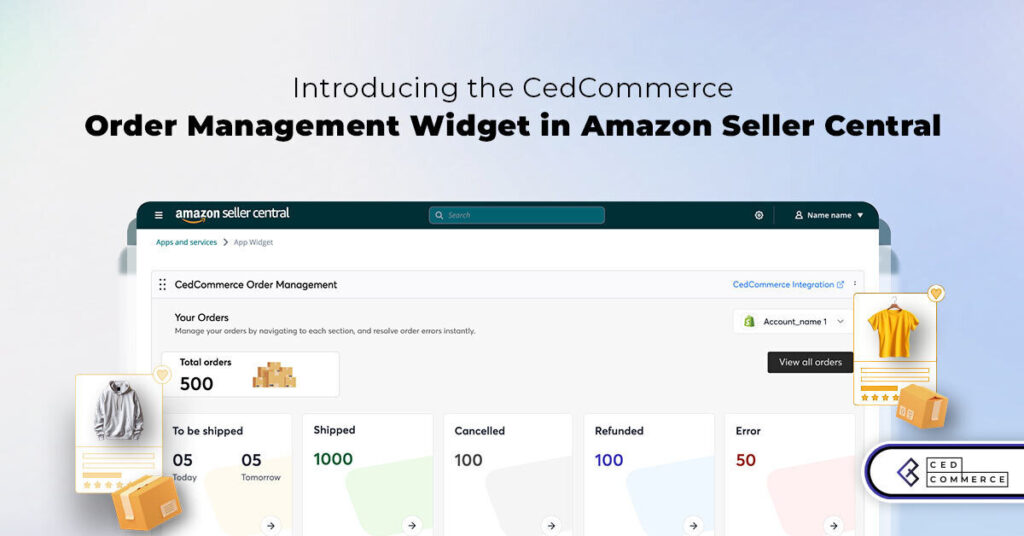
Order Management Redefined: A Centralized Solution for Amazon Sellers

Maximizing TikTok Shop’s Regional Compatibility for US, UK, and EU Markets
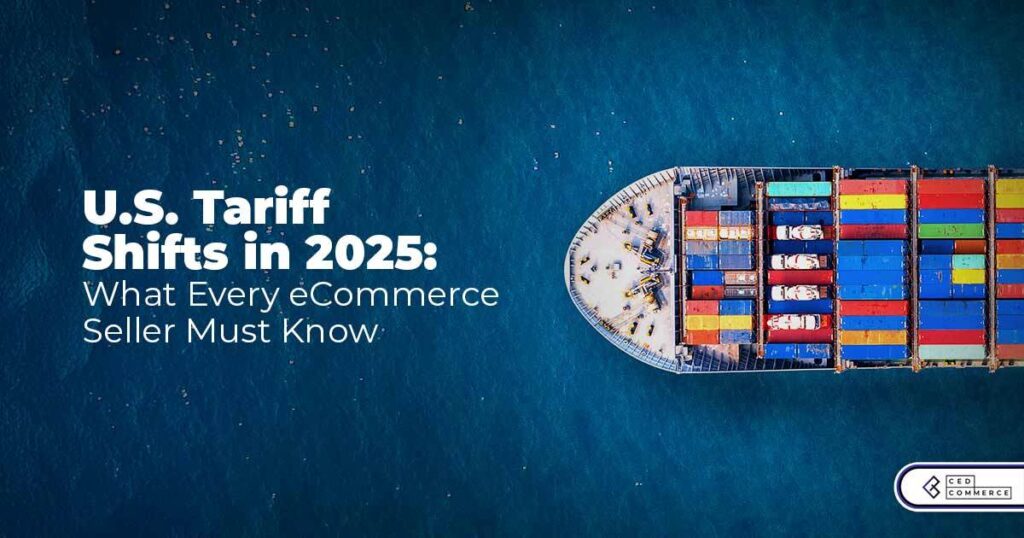
Understanding U.S. Tariffs in 2025: What Sellers Need to Know and Do
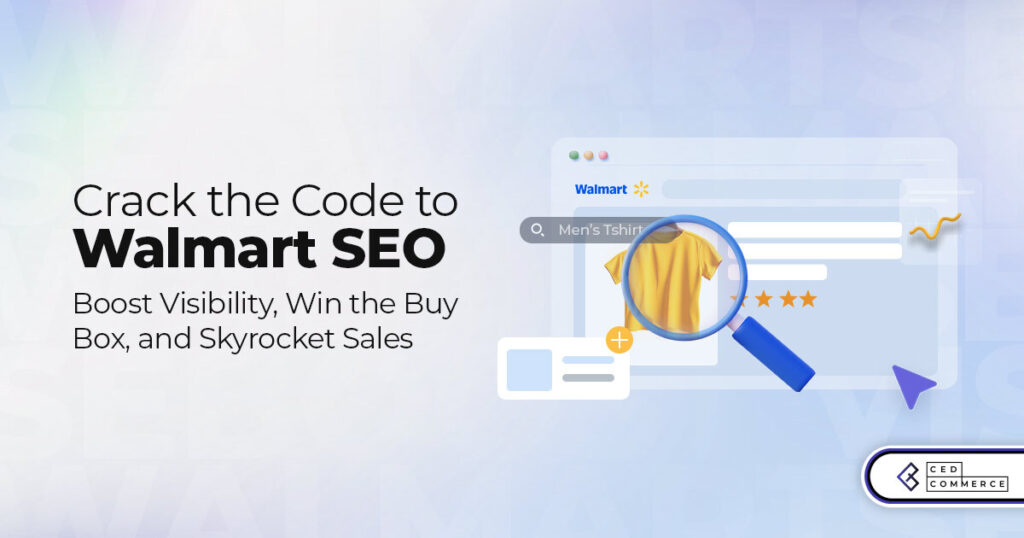
Walmart’s Search Algorithm Decoded: How to Rank Higher & Sell More

TikTok Gets a 75-Day Reprieve in the USA as Trump Signals Hope for a Deal

TikTok Shop Introduces Category-Based Benchmarks for Product Listings – What Sellers Need to Know

Amazon FBA vs. FBM: Which Fulfillment Method Is Right for You?

Amazon Launches Another AI Tool for Sellers: AI Generated Product Enrichment
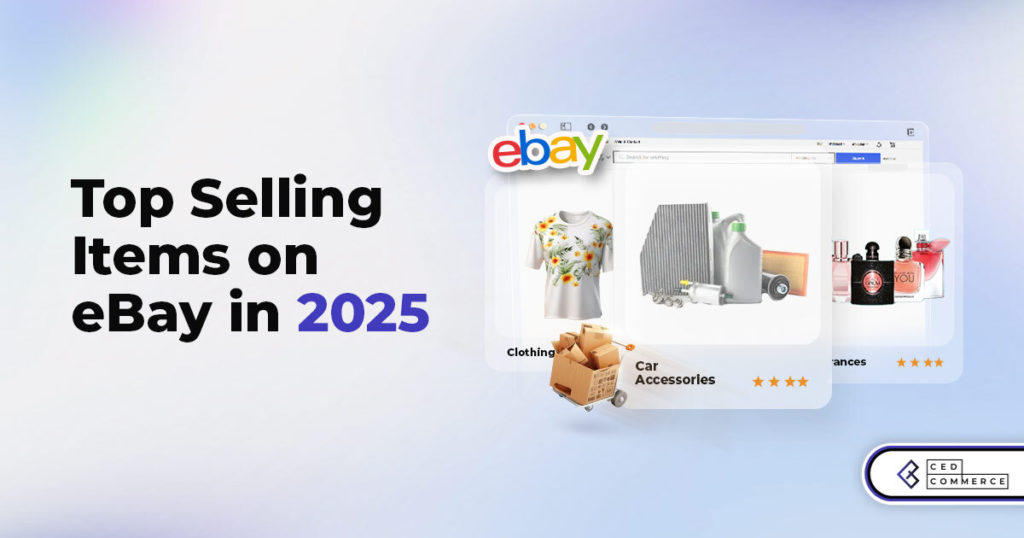
Top 10 Selling Items on eBay in 2025

Amazon launches AI Powered ‘Interests’ Feature to Improve Shopping Experience

Is TikTok Staying in the US? The State of TikTok Ban
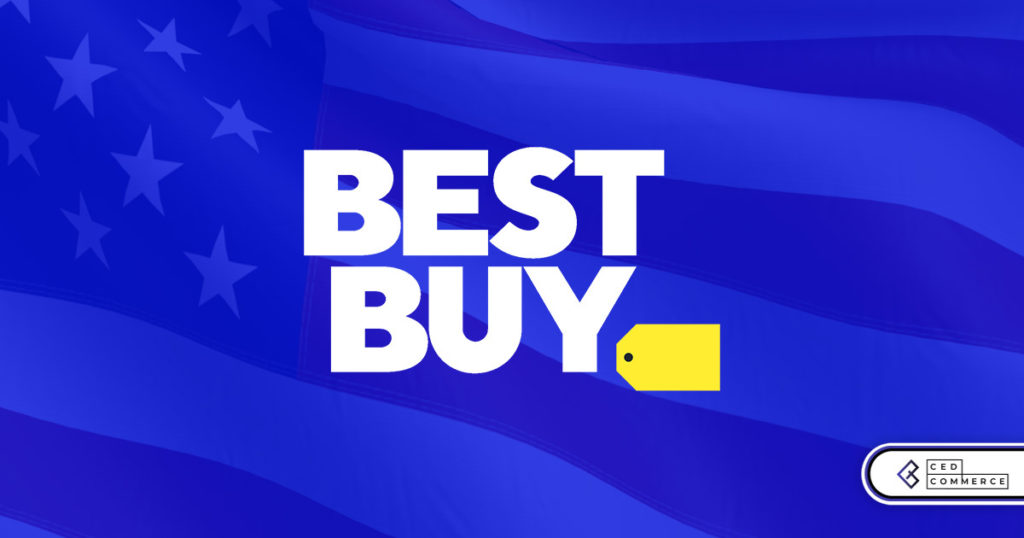
Best Buy coming back to the US, Marketplace Relaunch and New Opportunities in Store!

Miravia PrestaShop Connector: Built for Smart Sellers
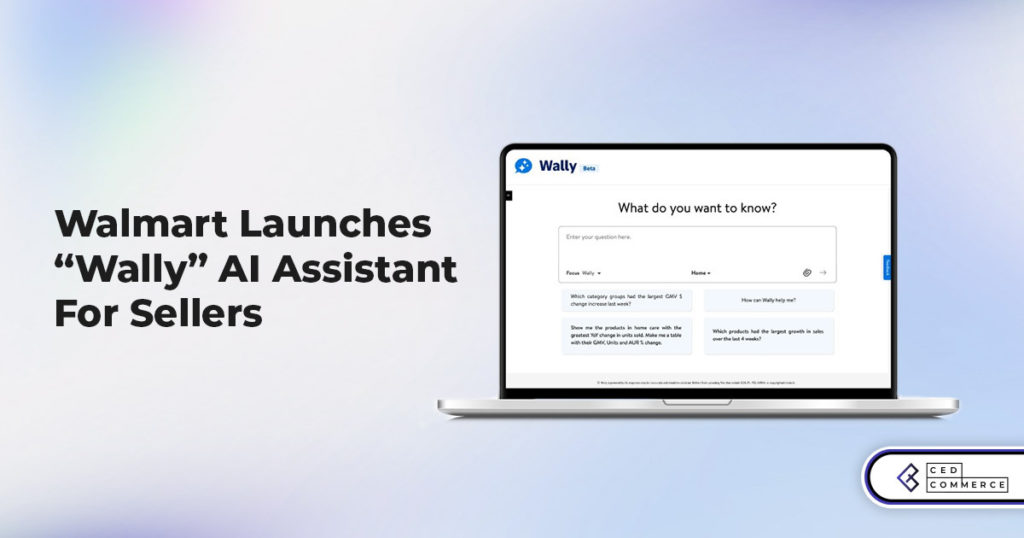
Walmart Launches “Wally”, AI Assistant For Merchants

TikTok Shop to Start Business in Germany, France, and Italy

TikTok Shop Surges as Americans Spend $700 Annually, Defying Regulatory Pressures
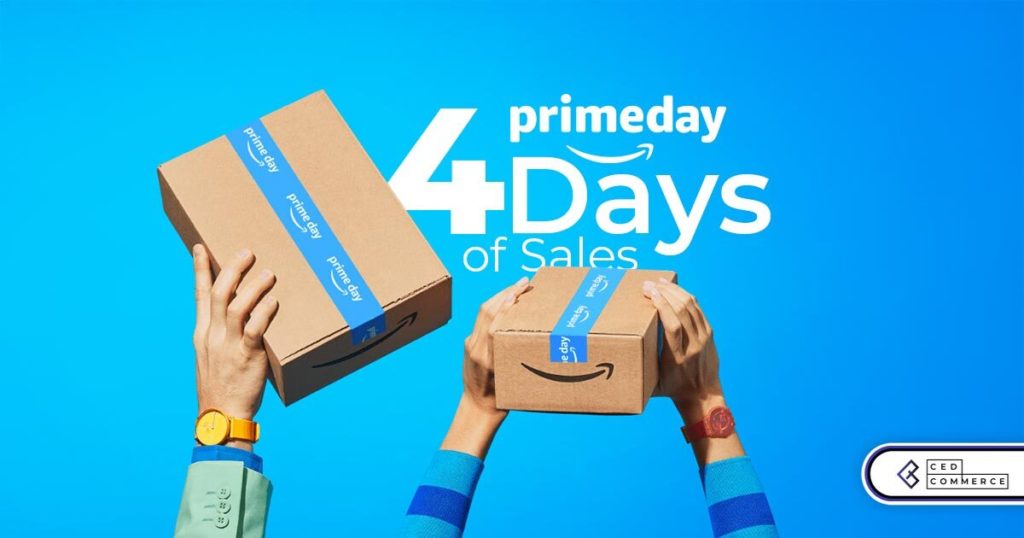
Amazon’s Longest Prime Day Ever: What You Need to Know

eCommerce Growth in the Netherlands: A 5% Surge in 2024 with Bright Prospects Ahead

CedCommerce Launches Shopee & Lazada Integration for WooCommerce on WordPress.com